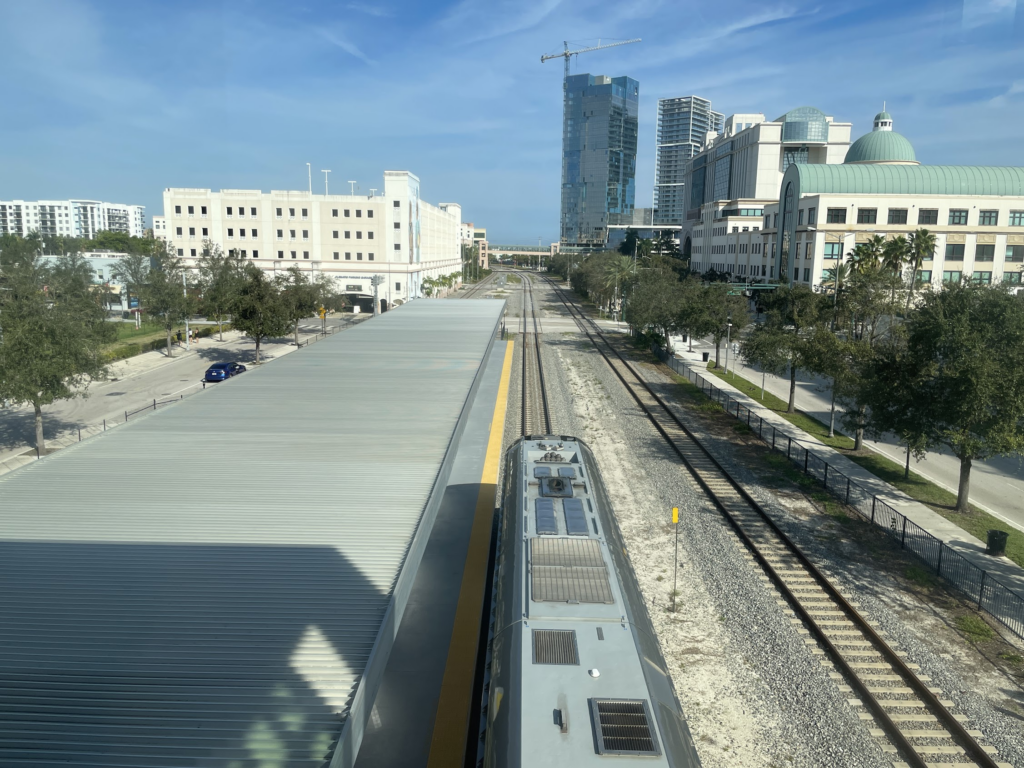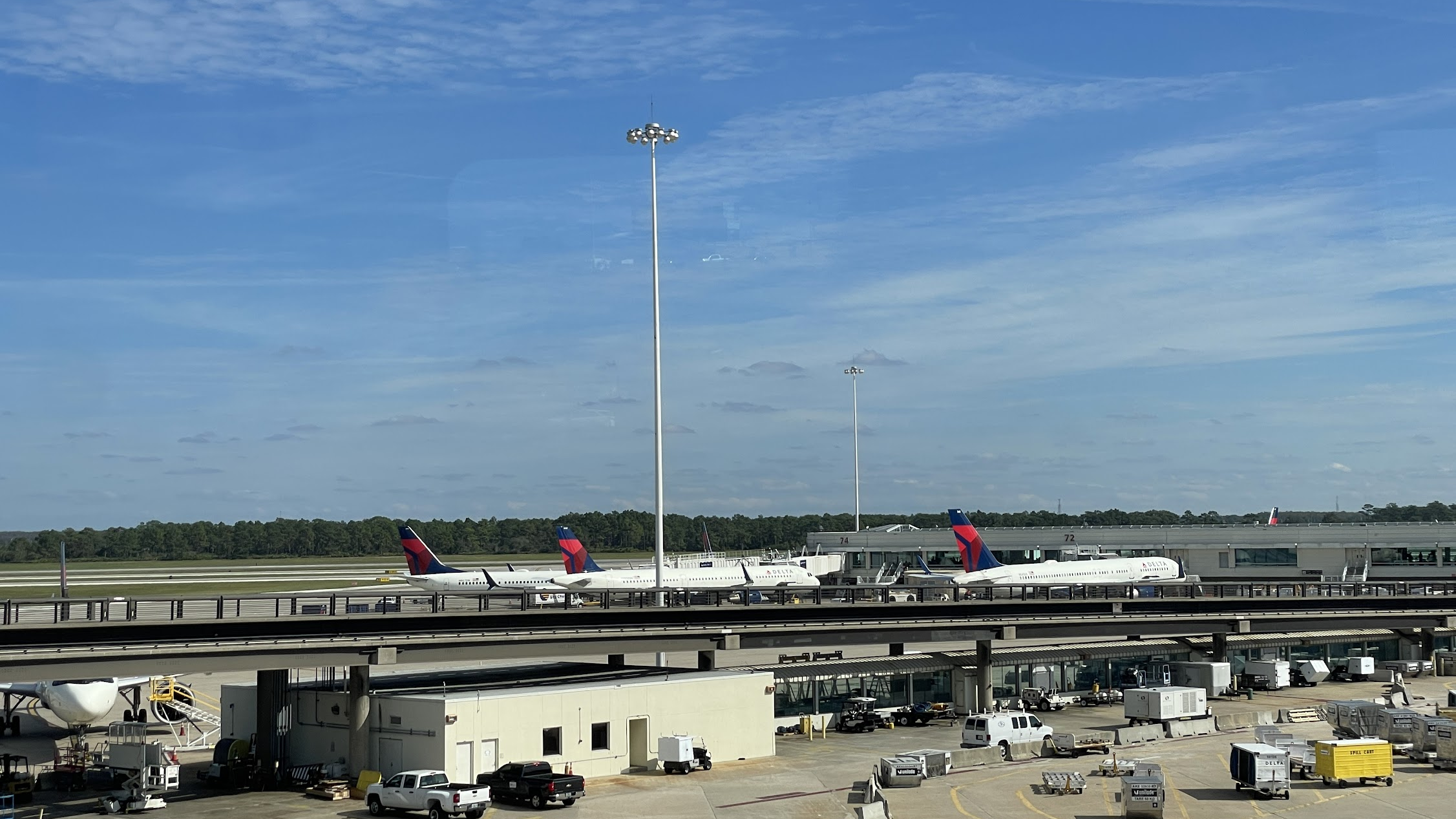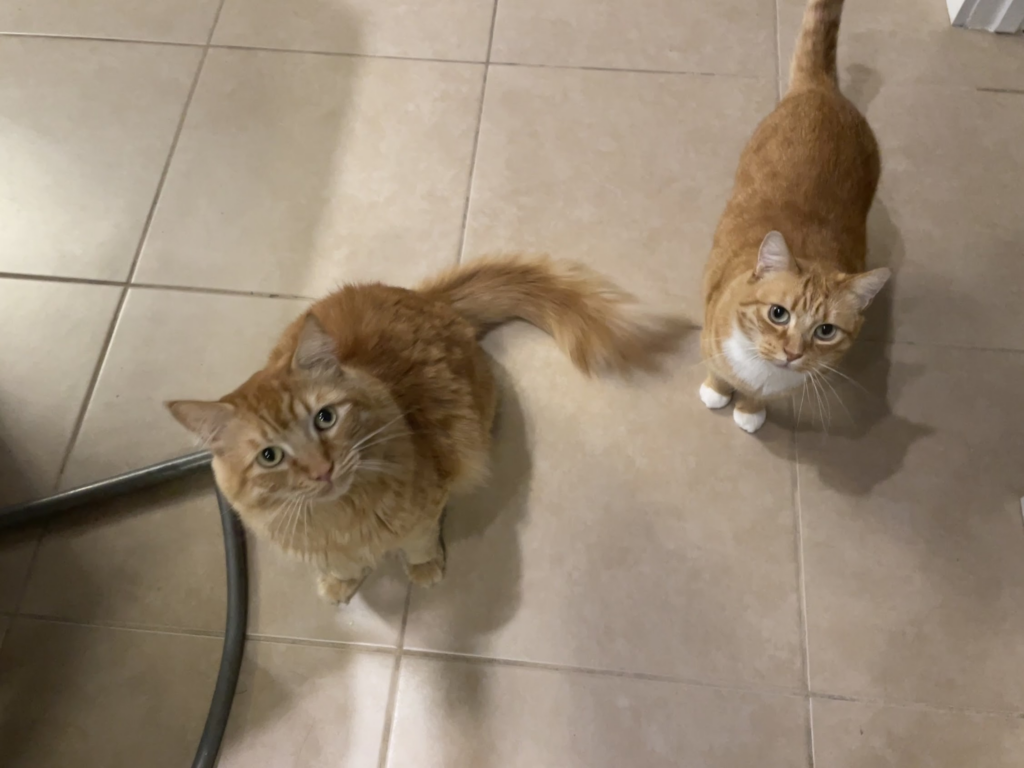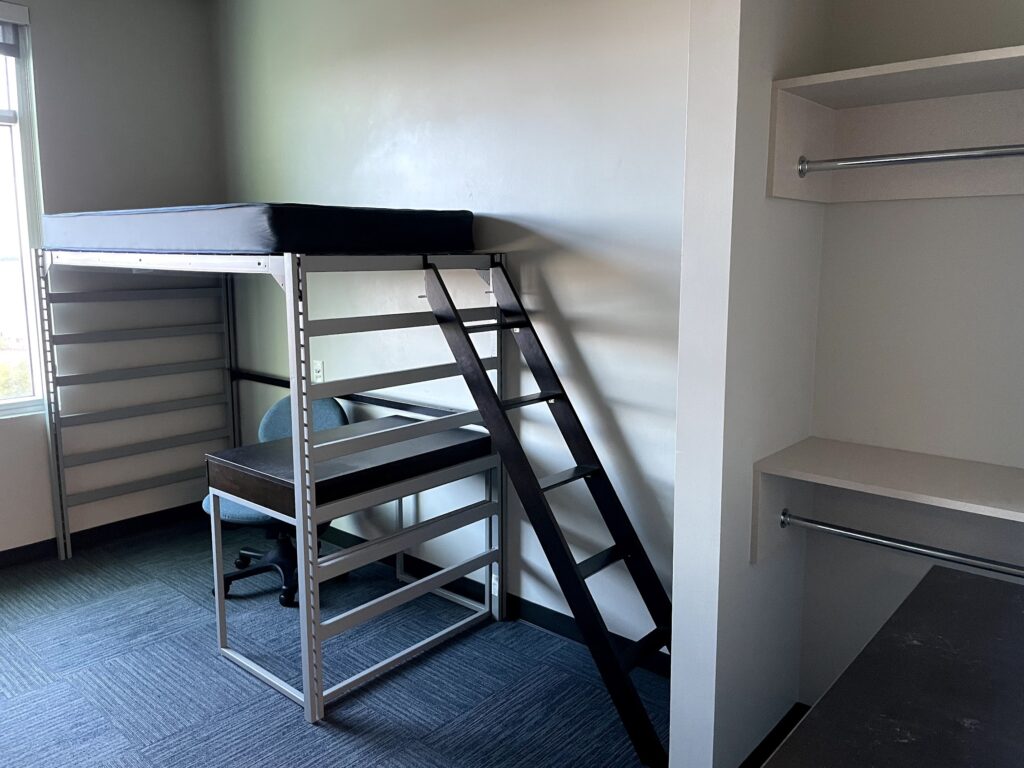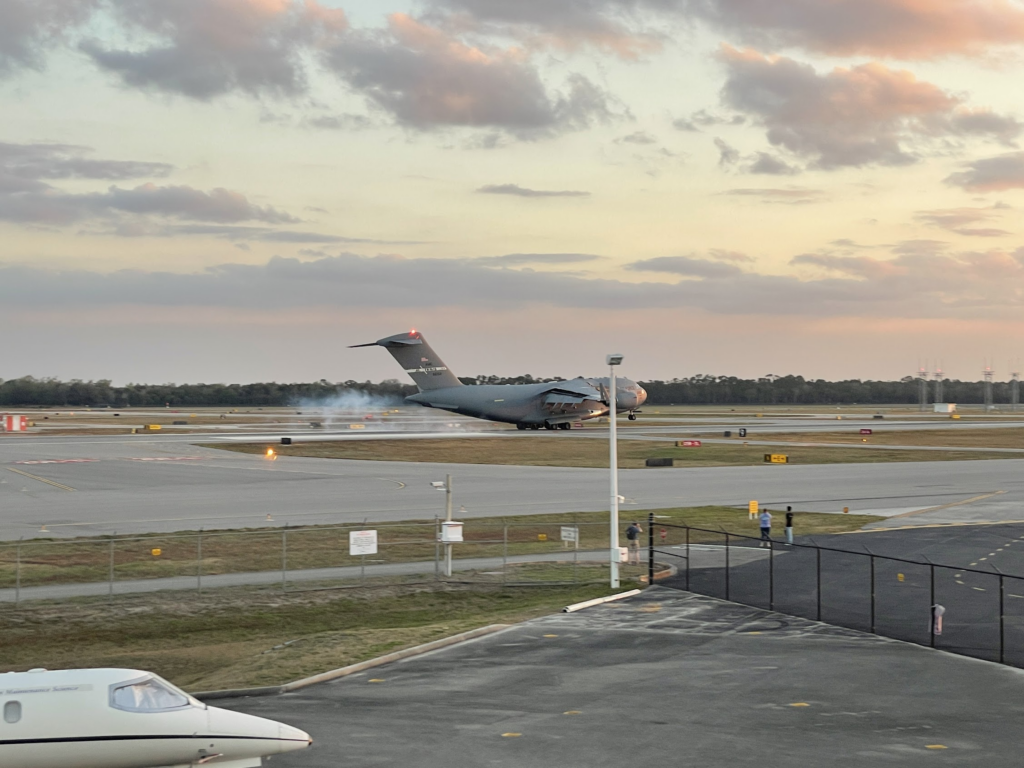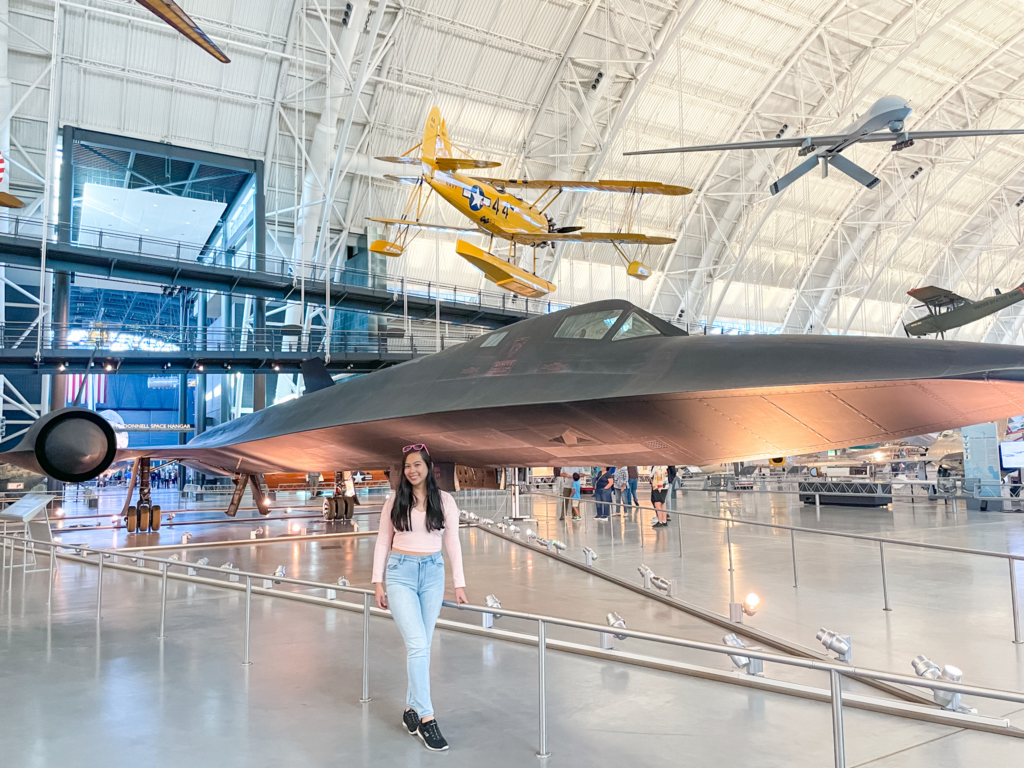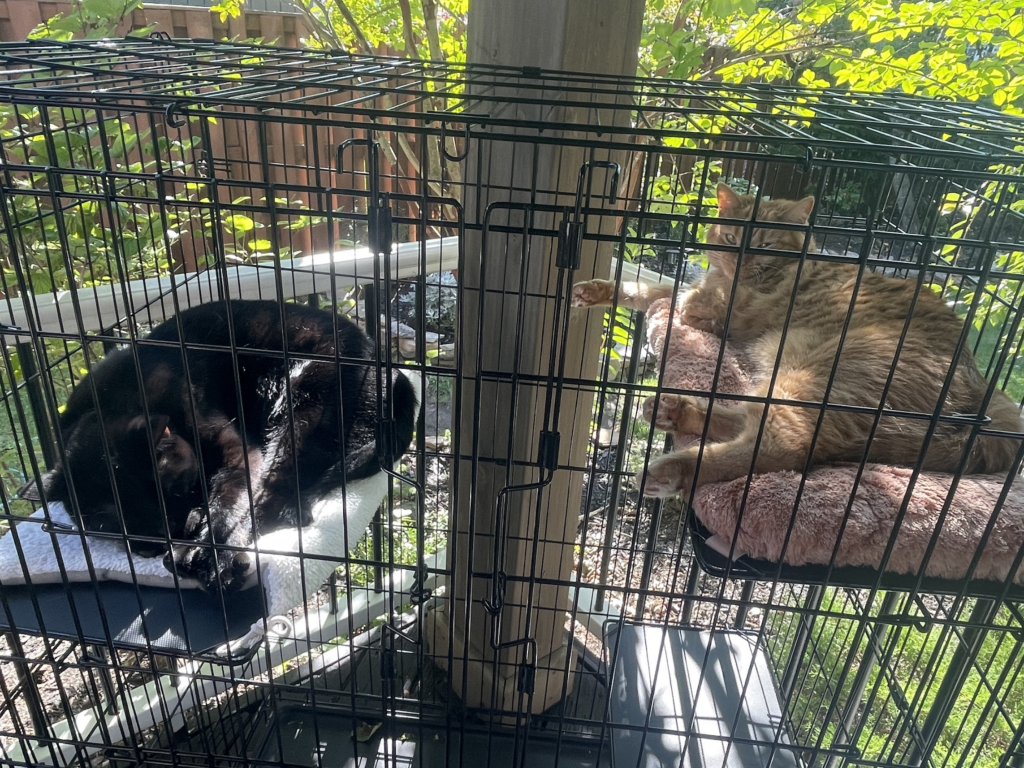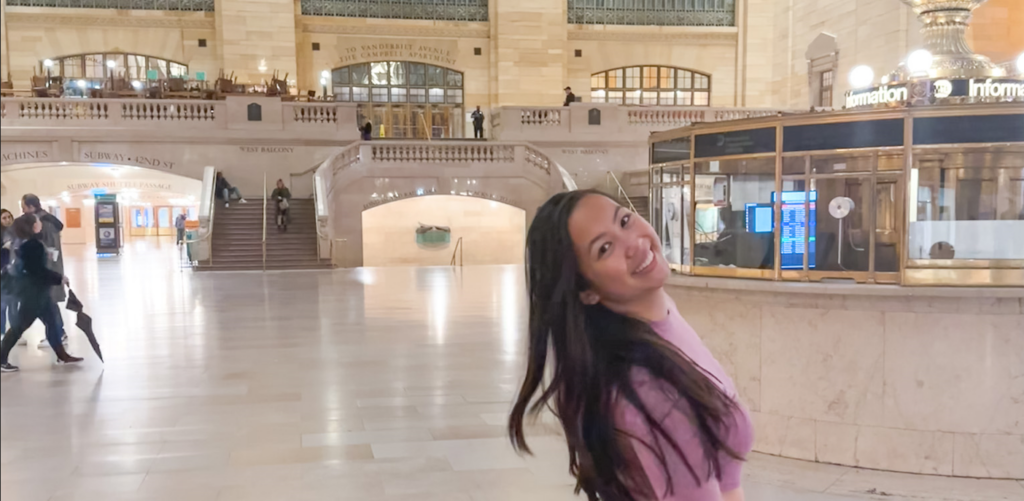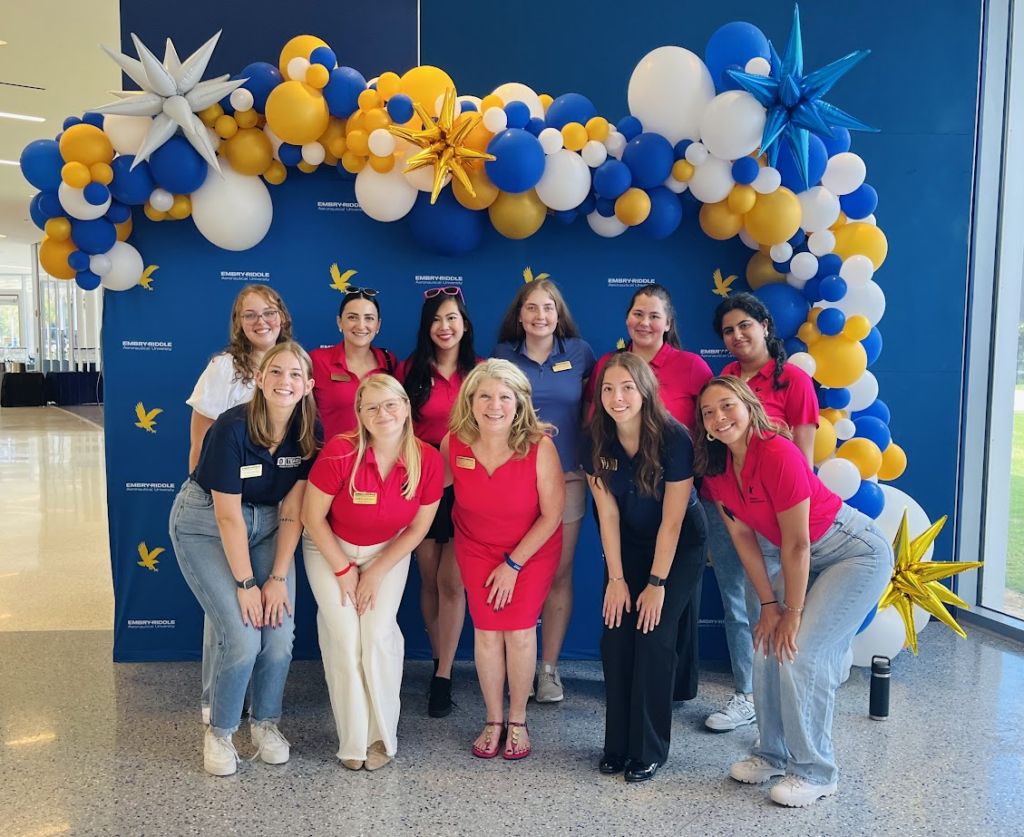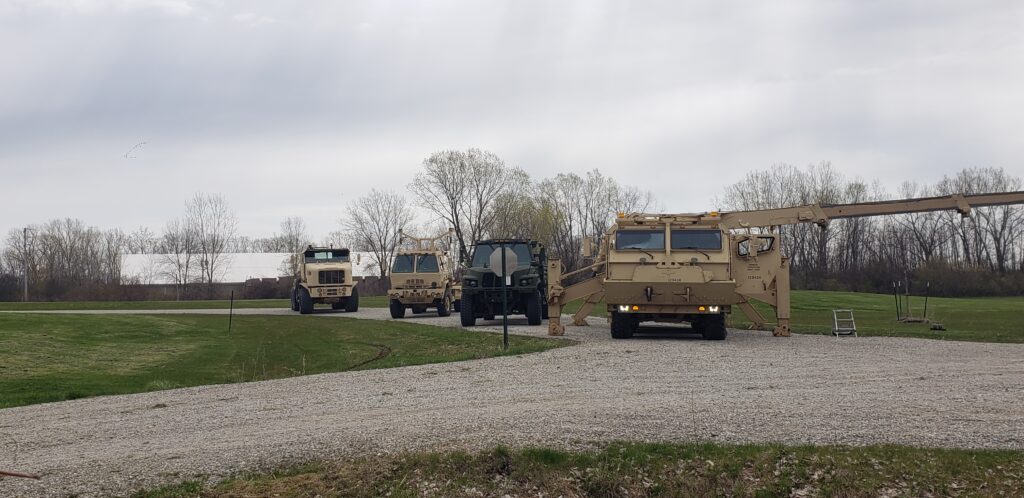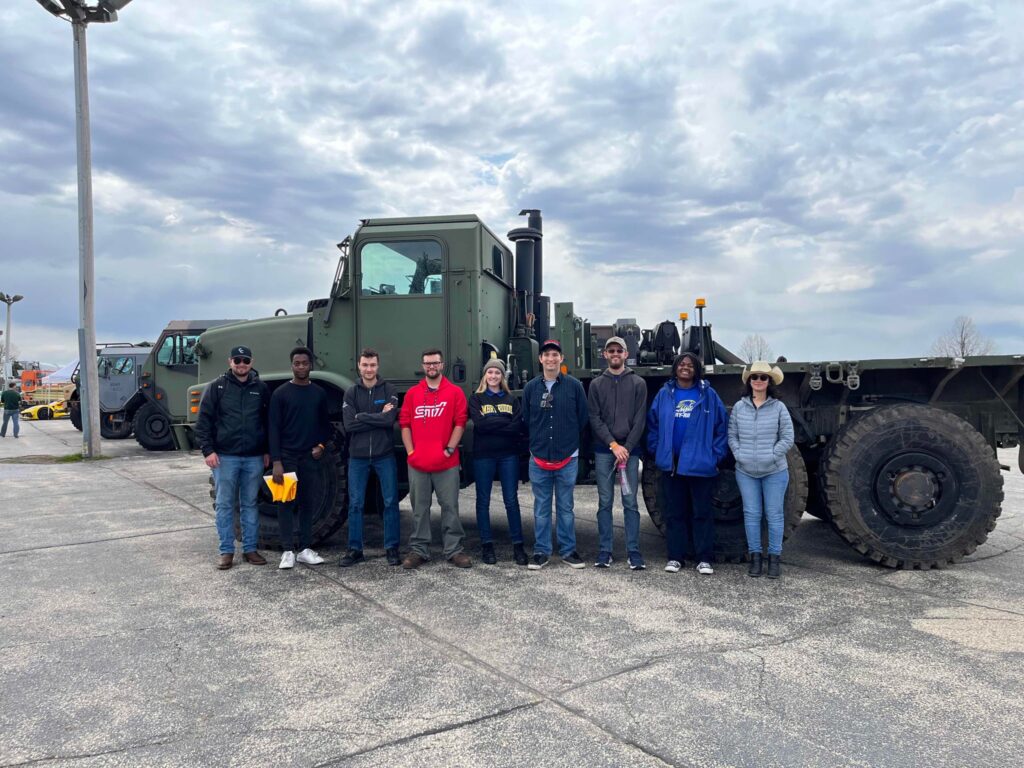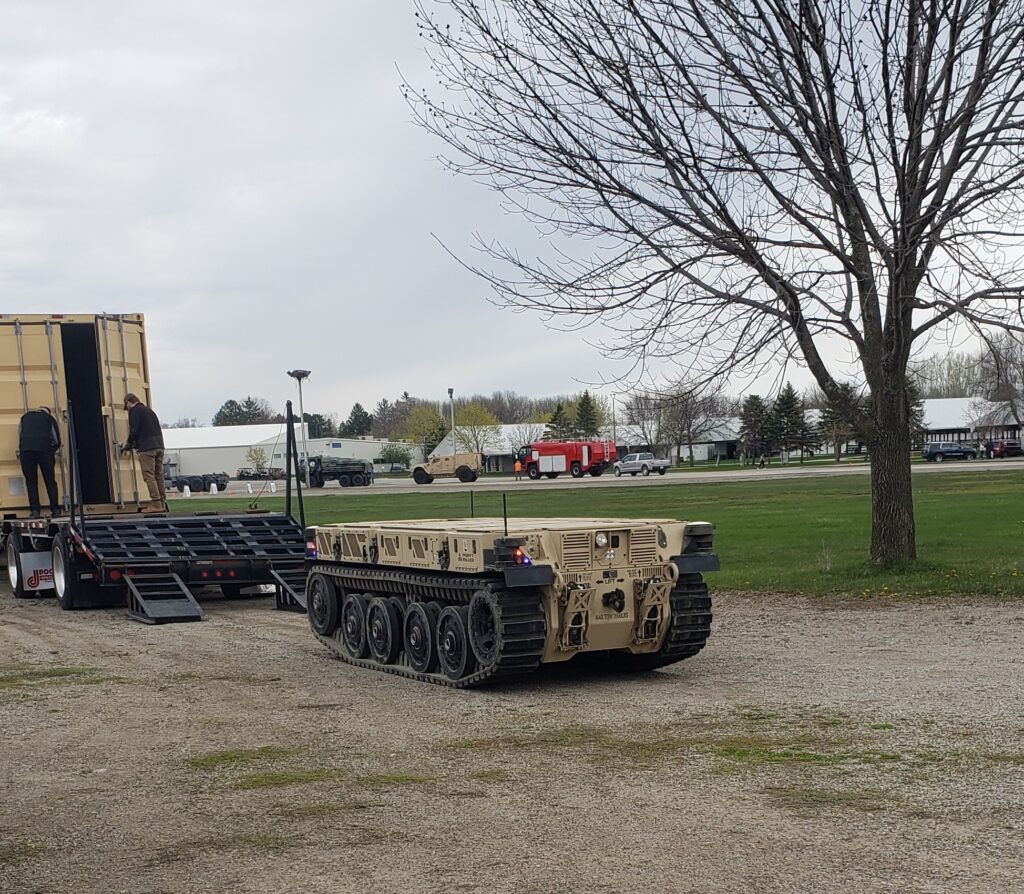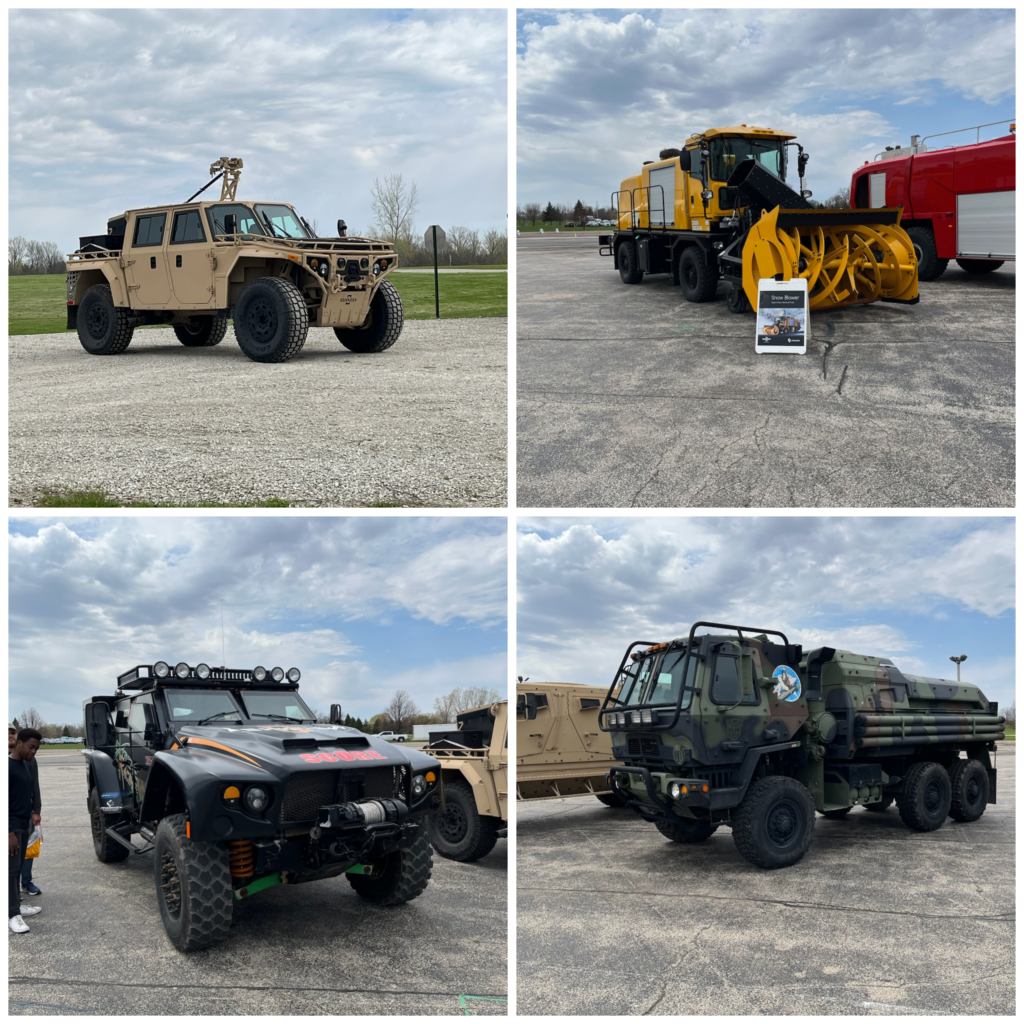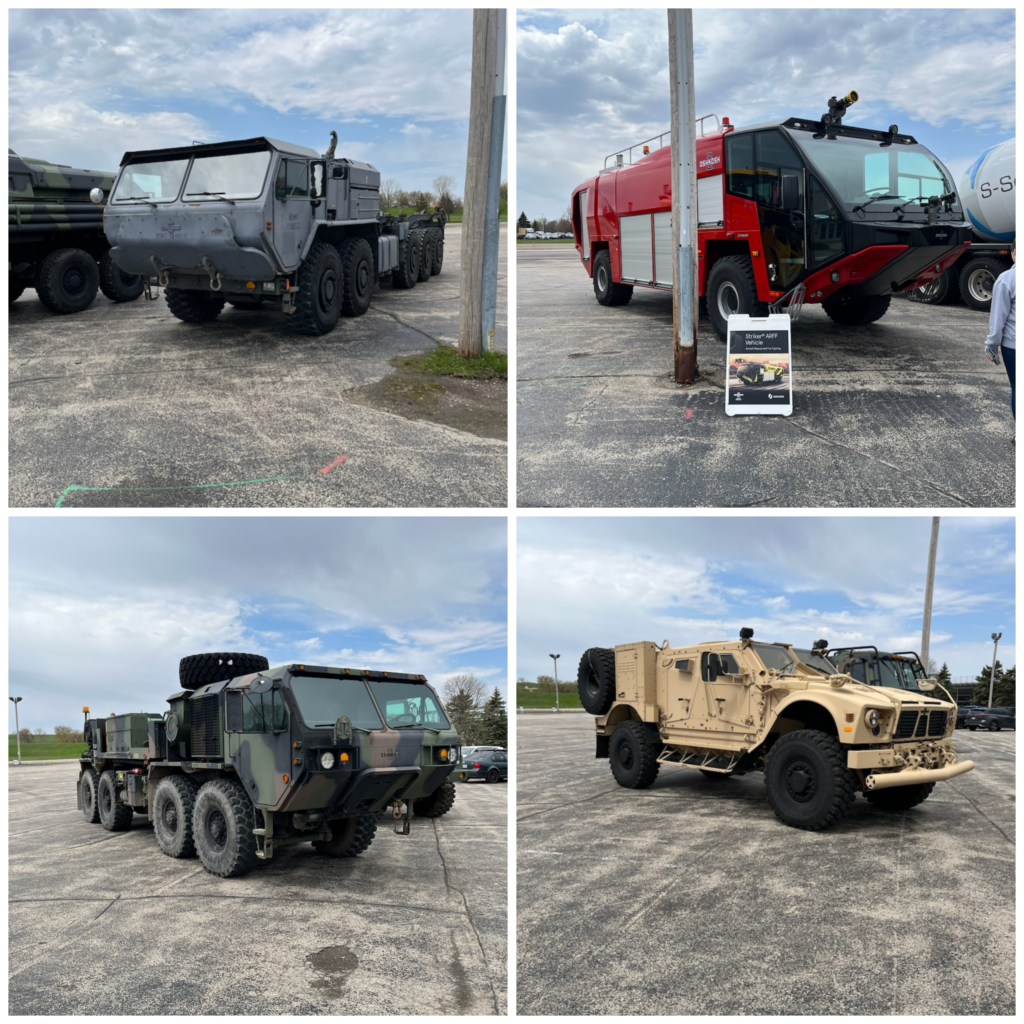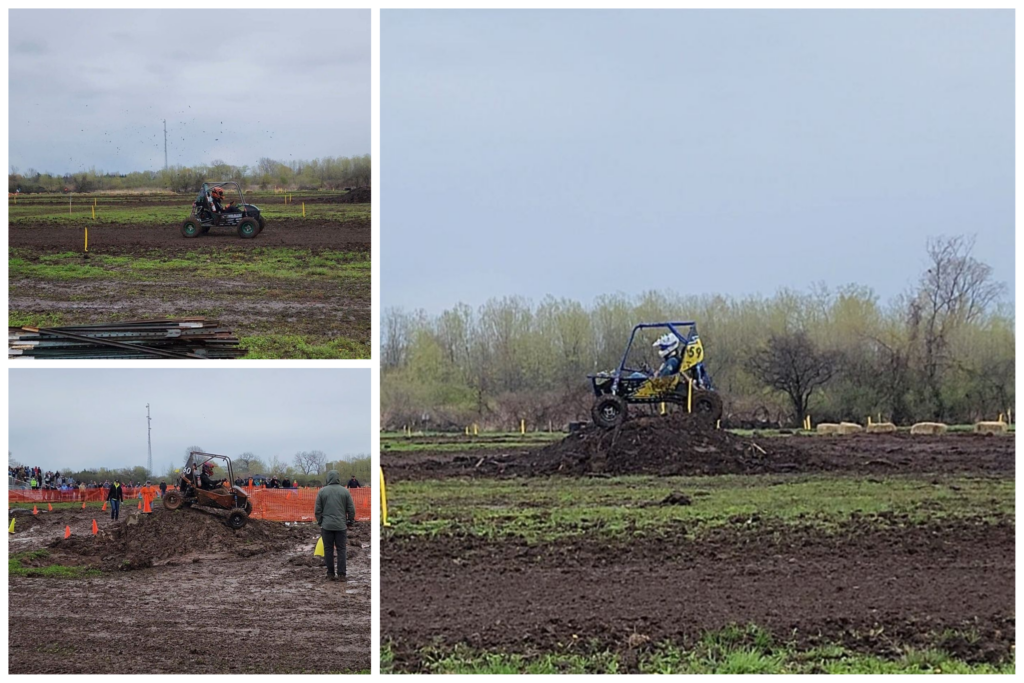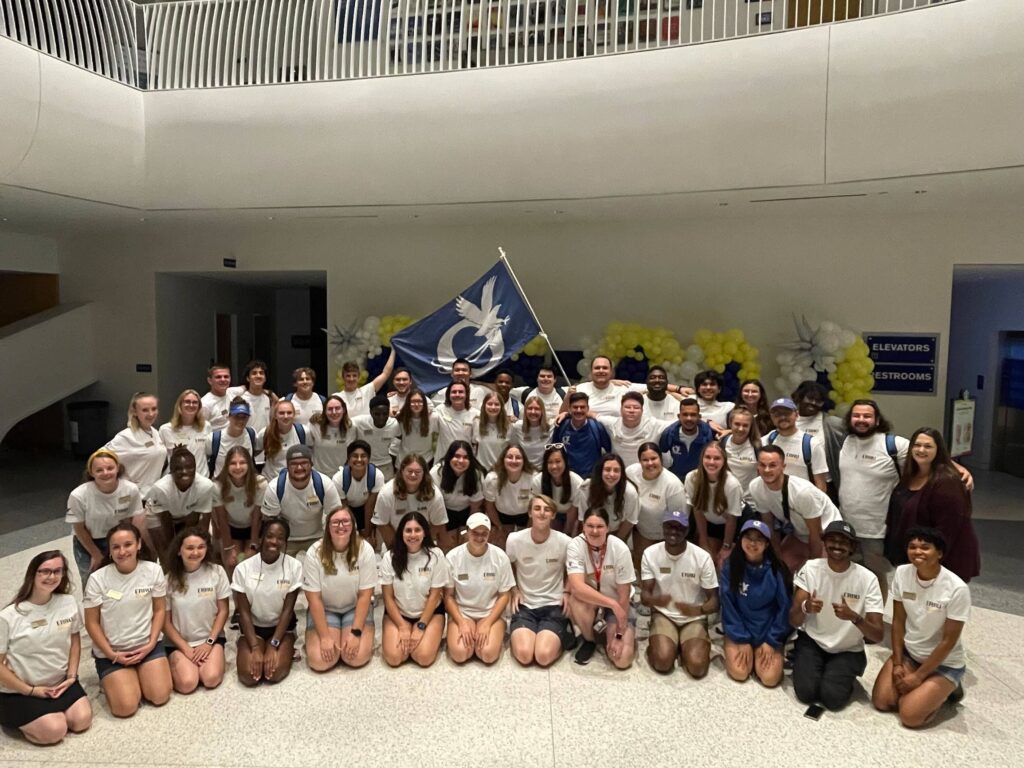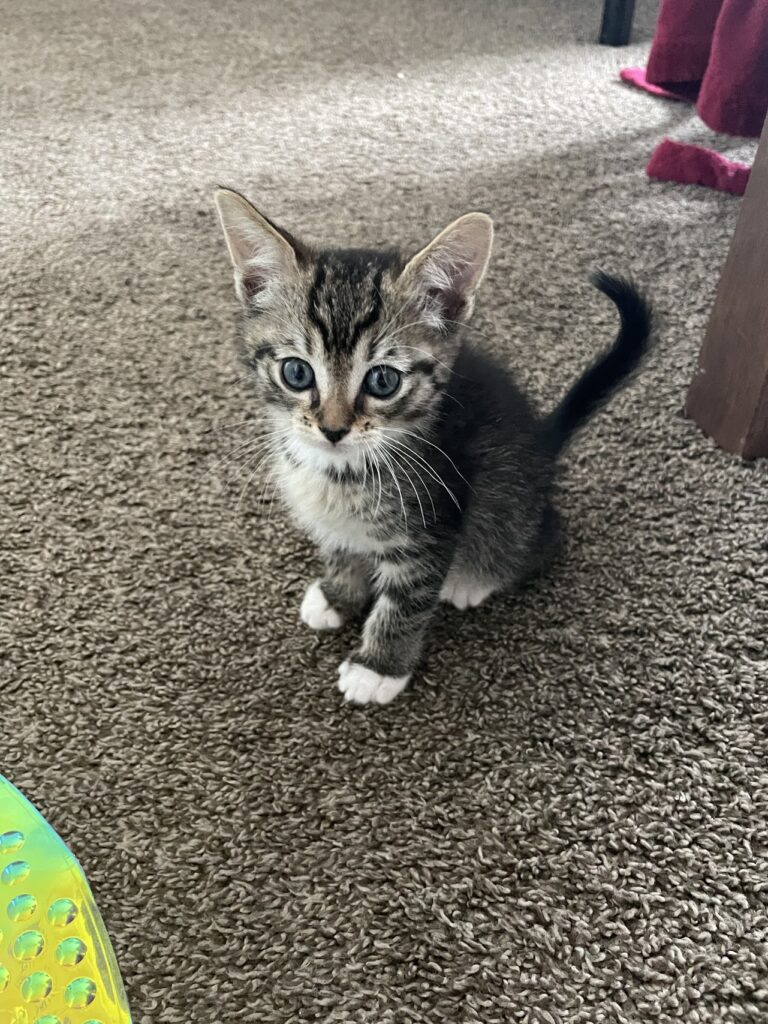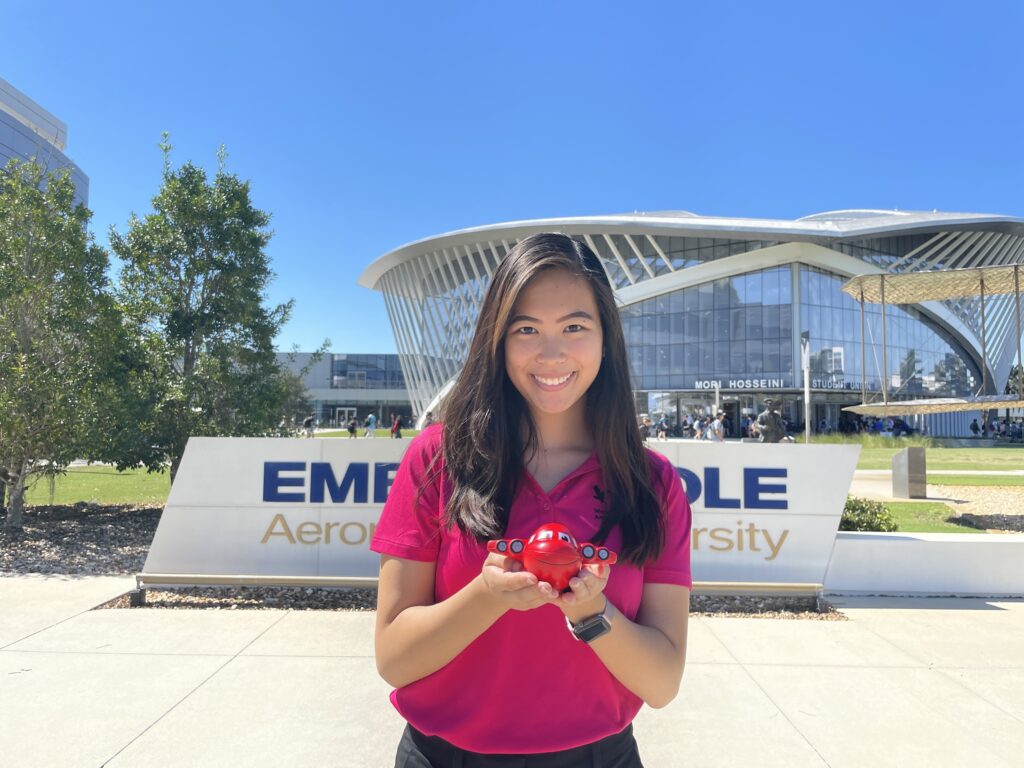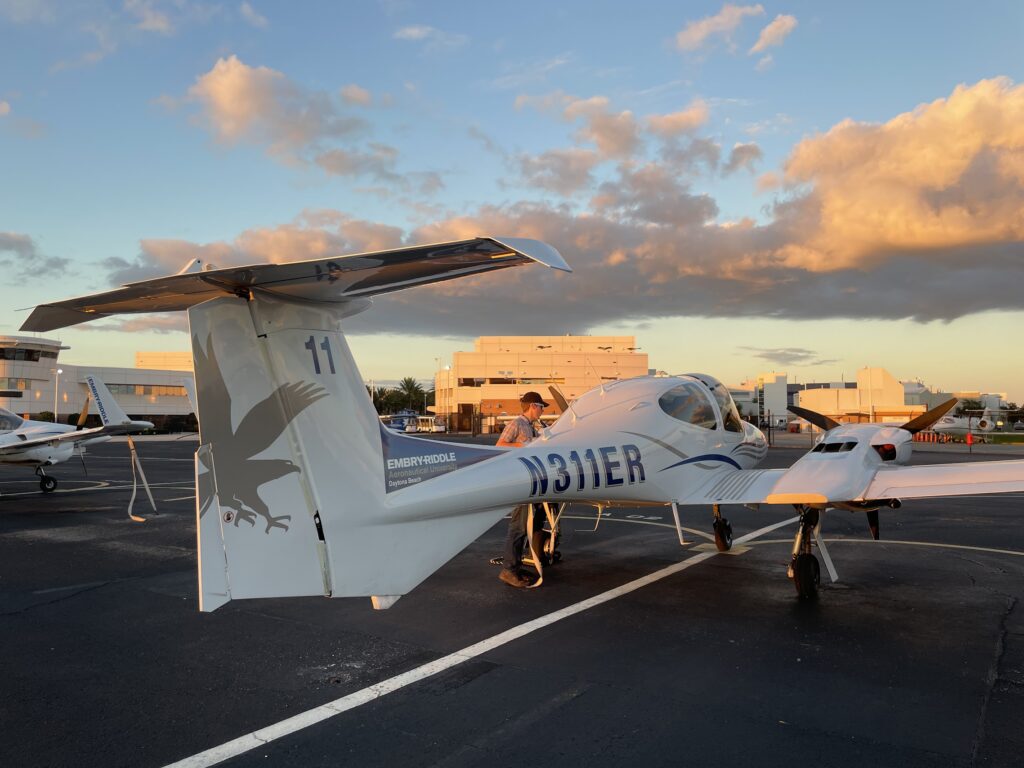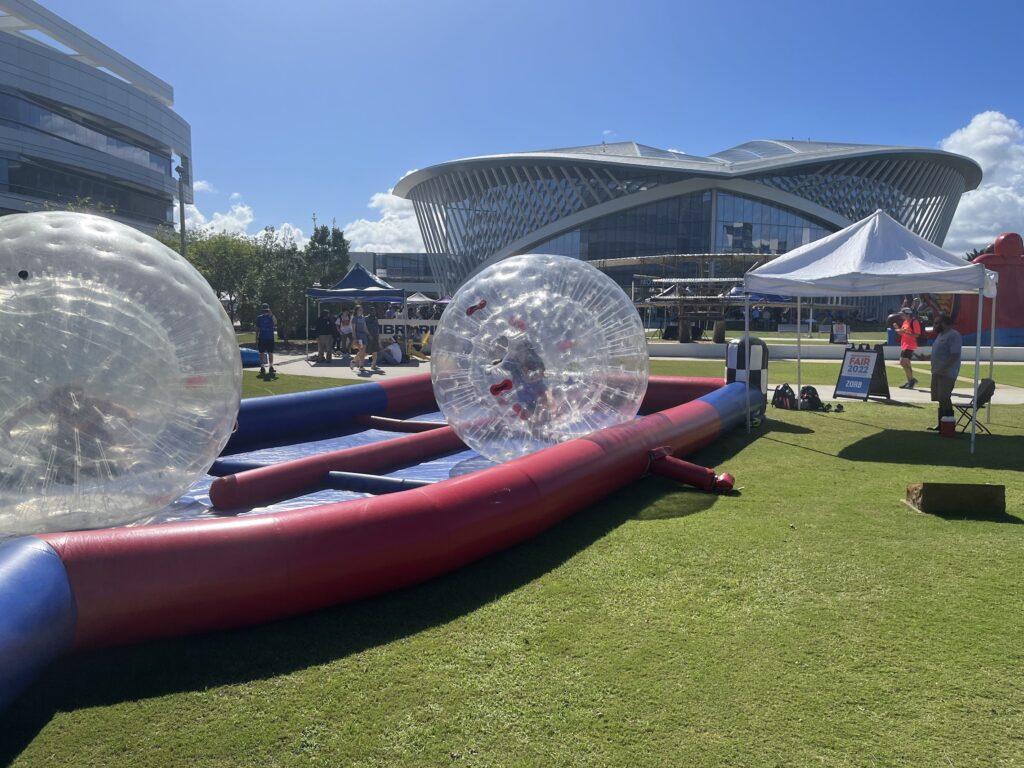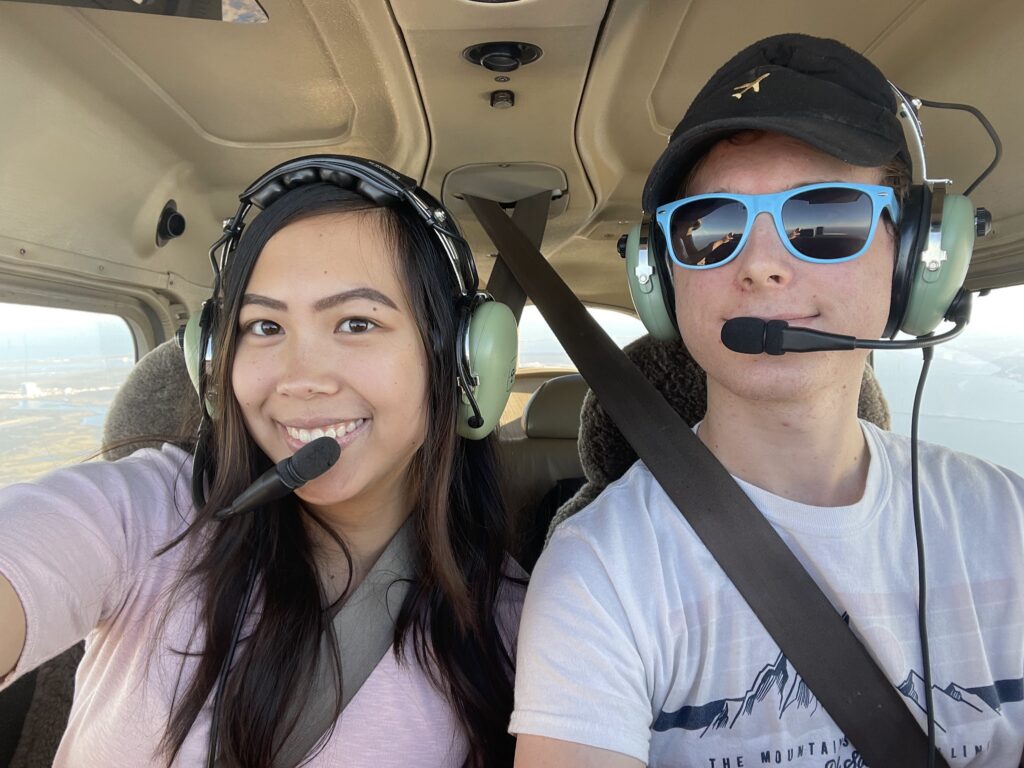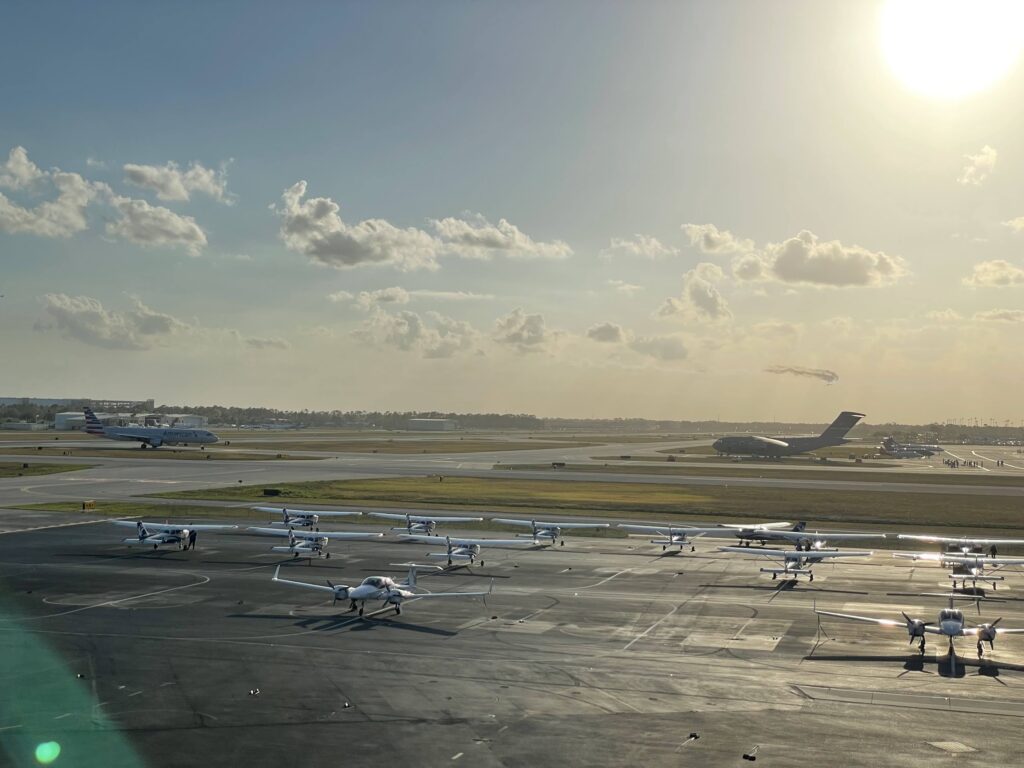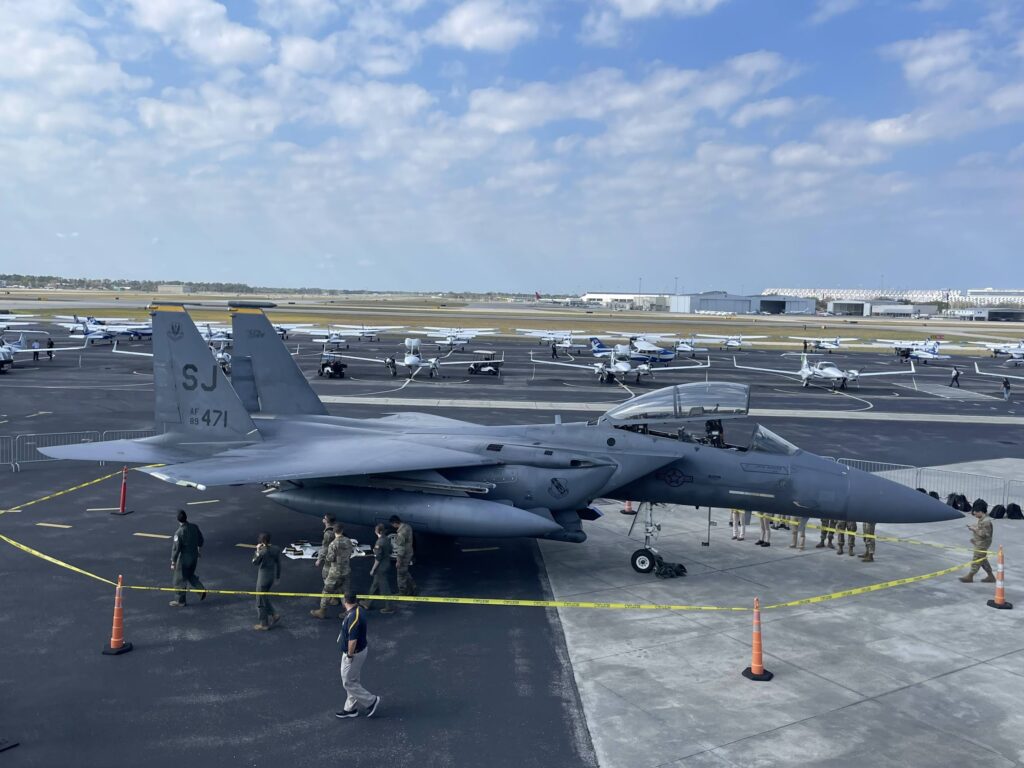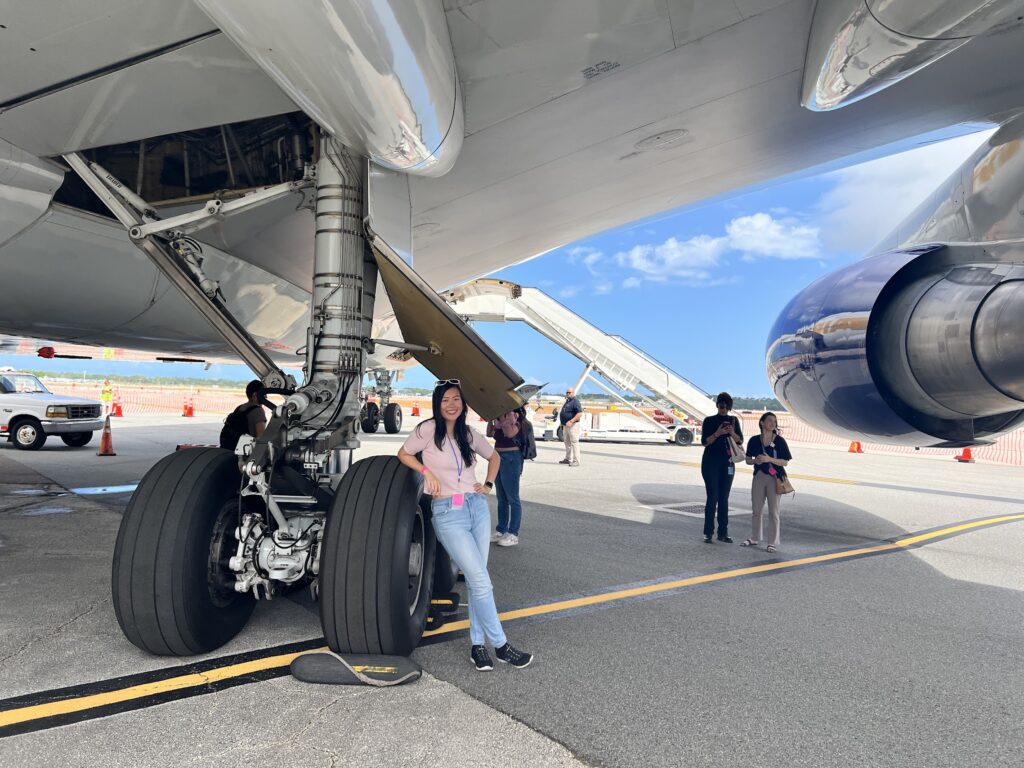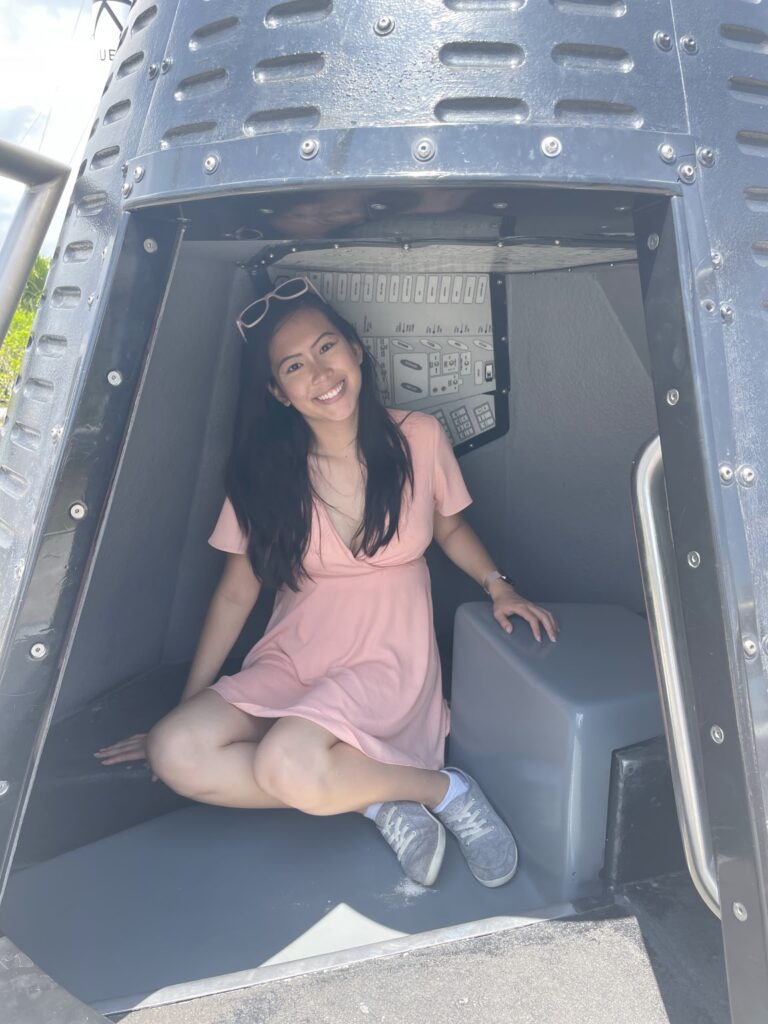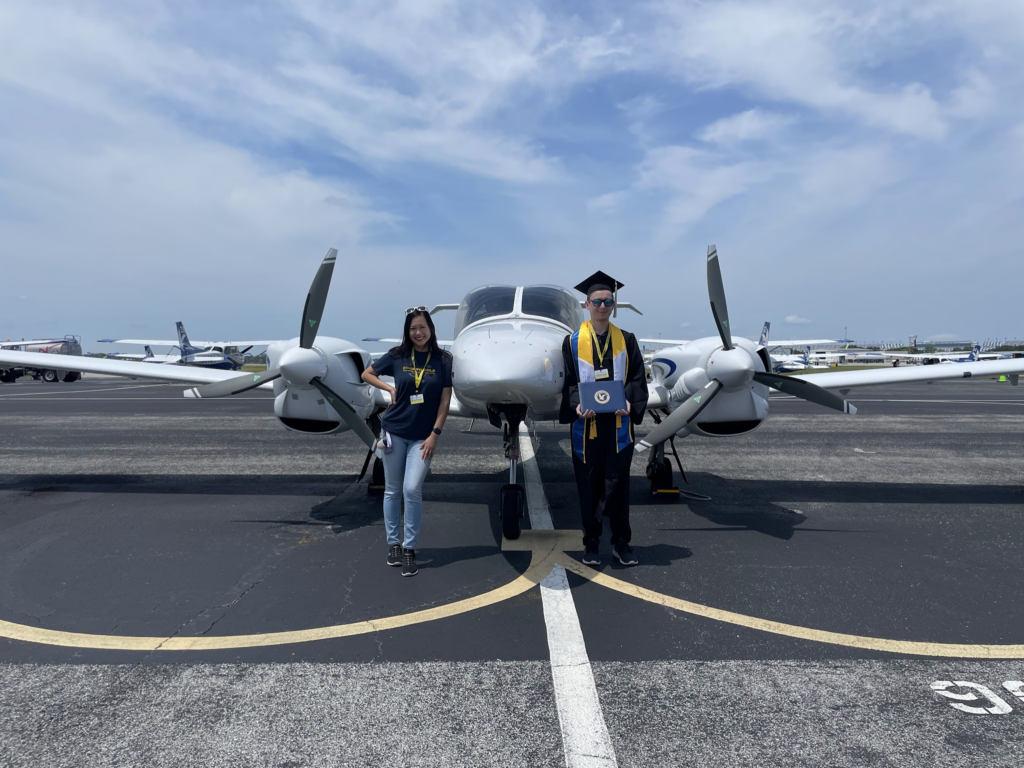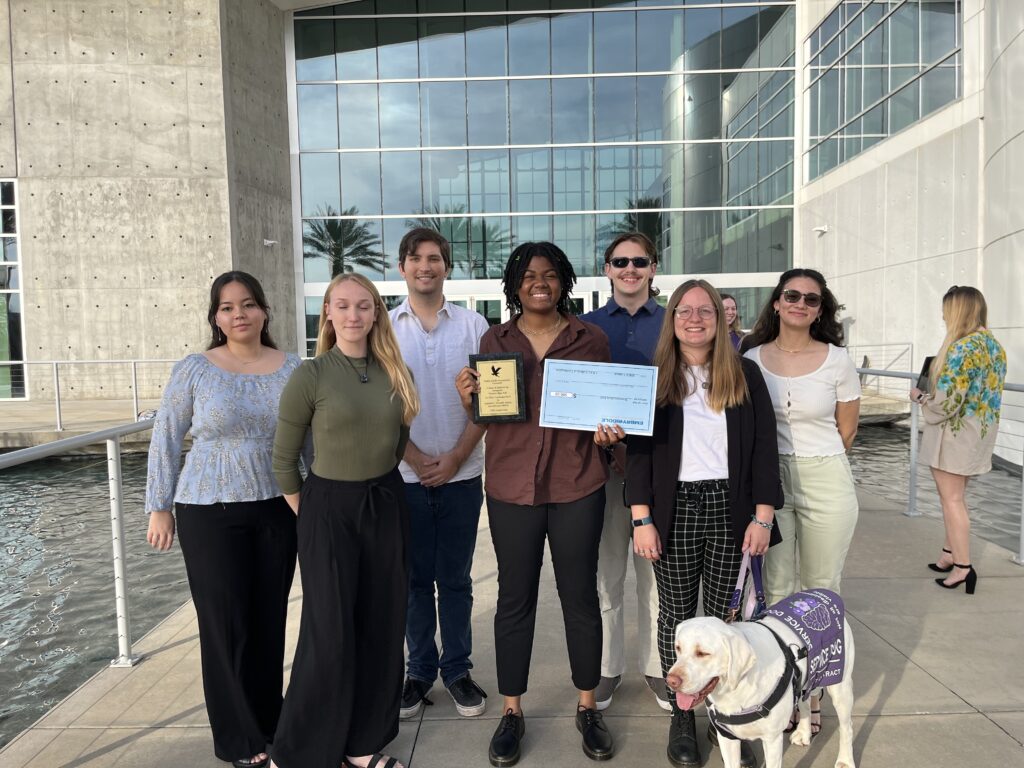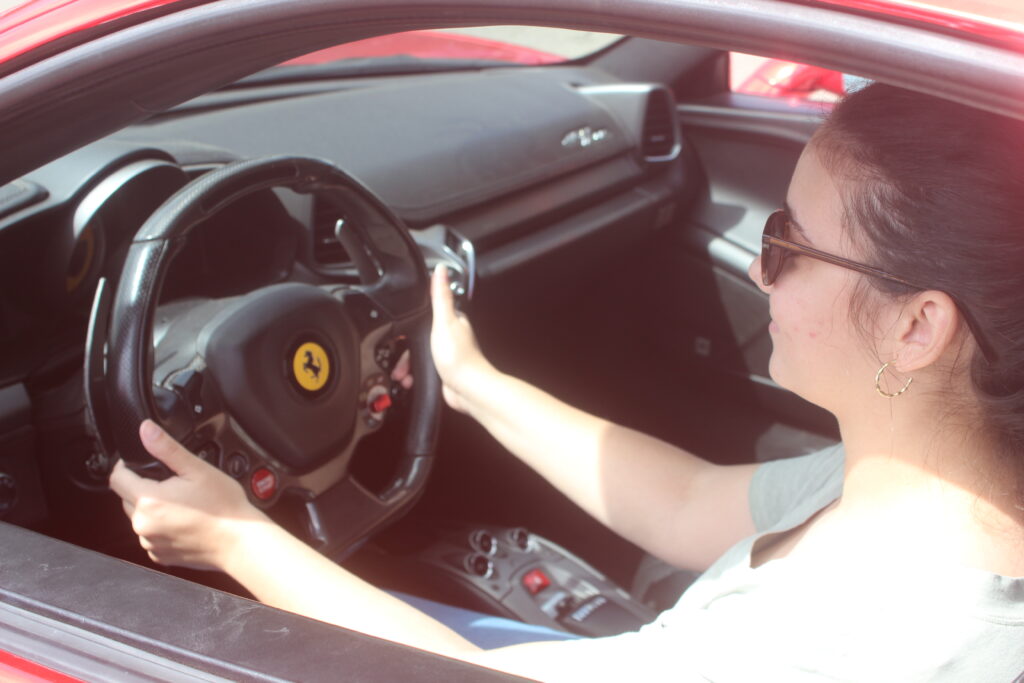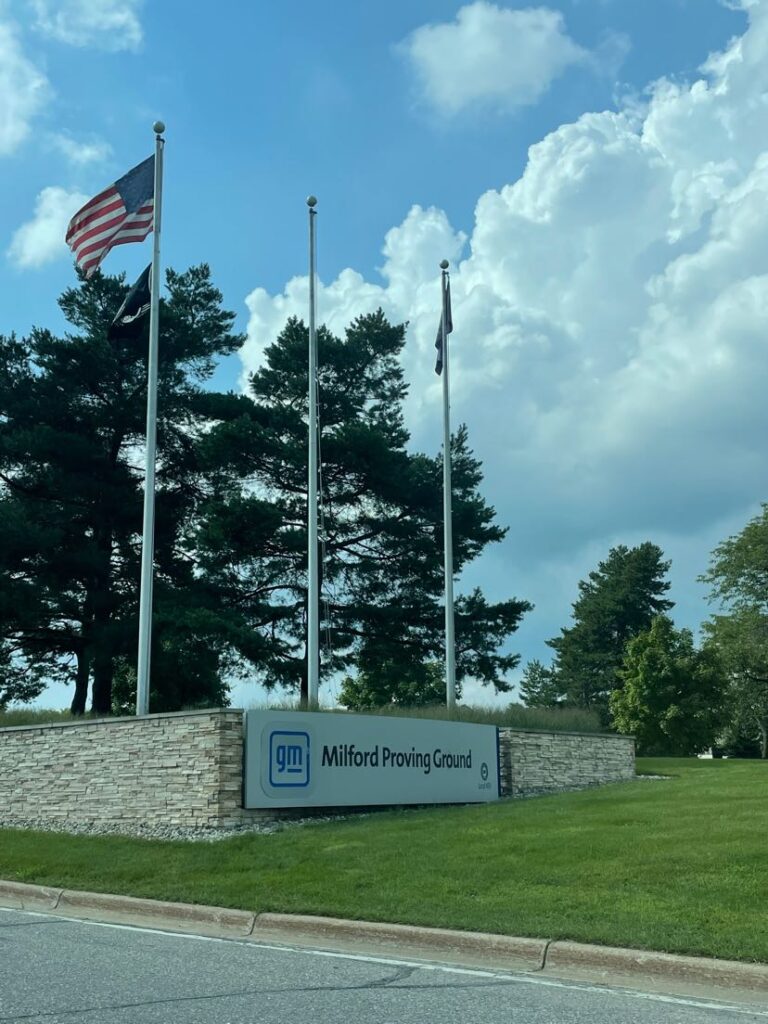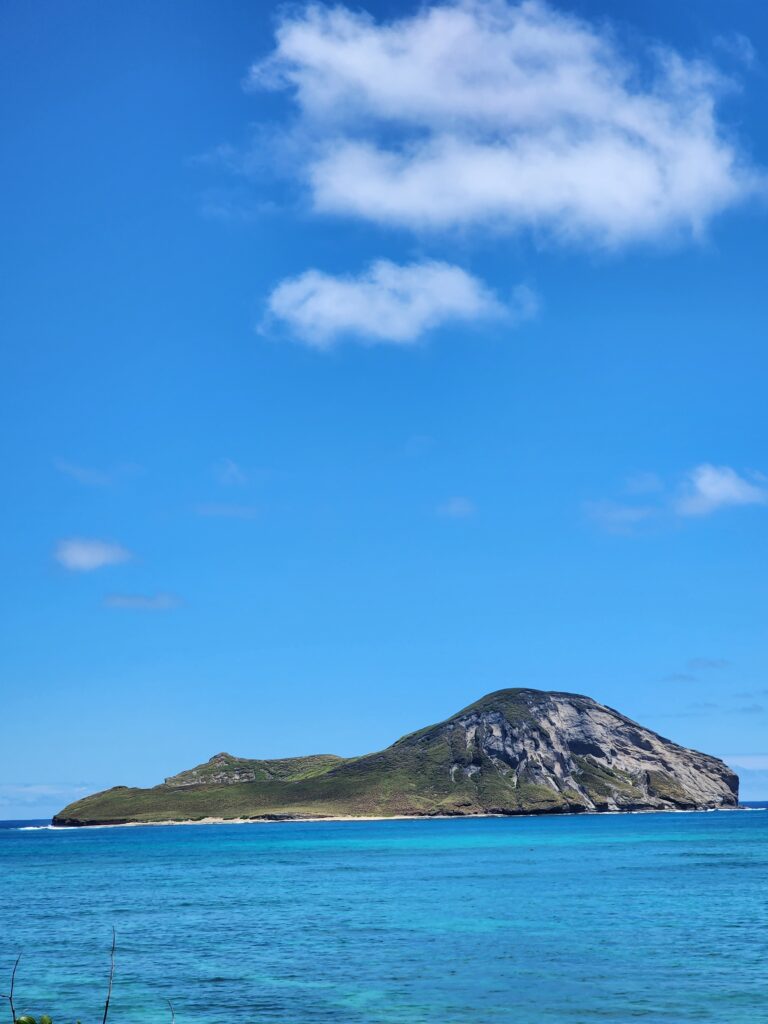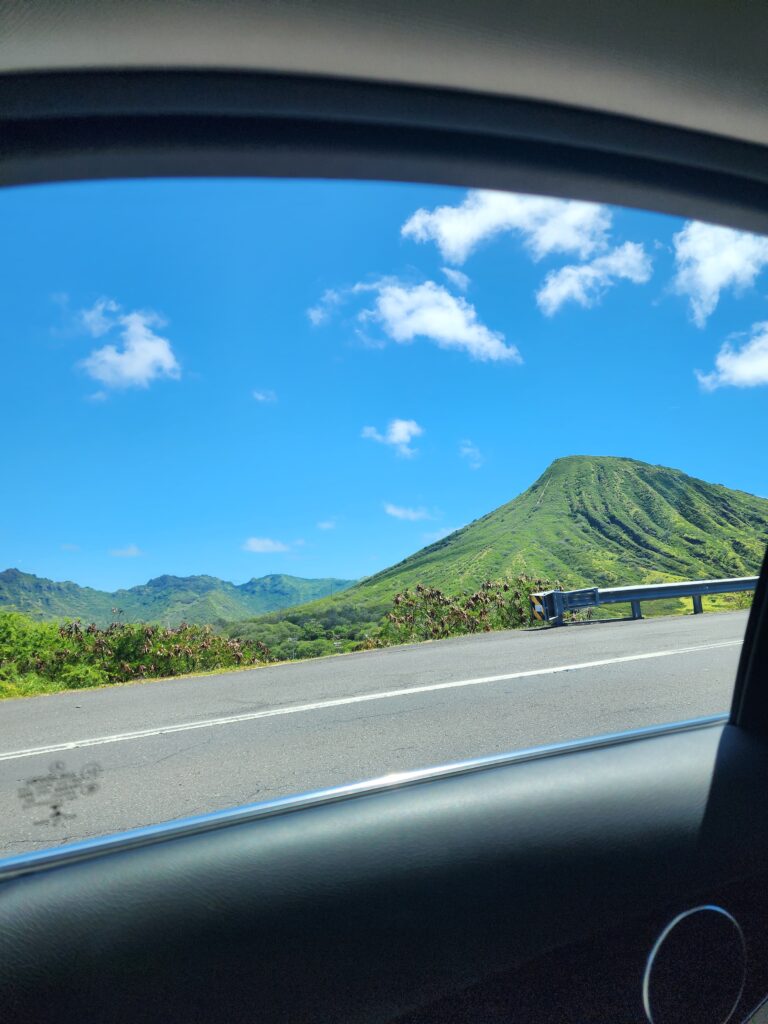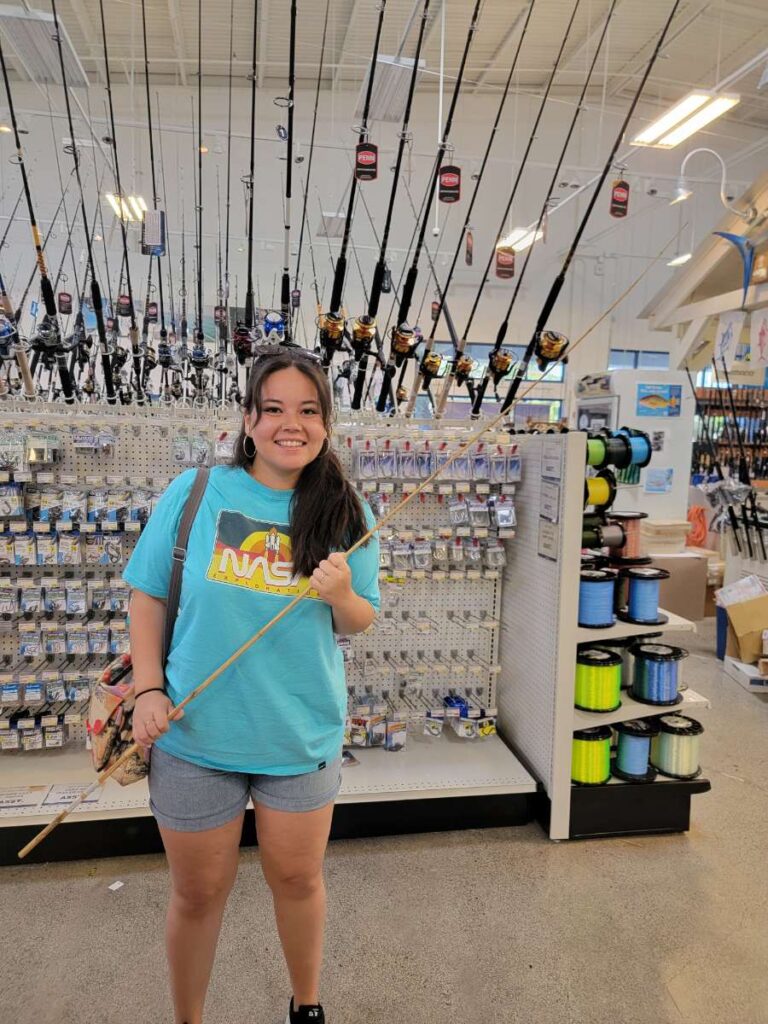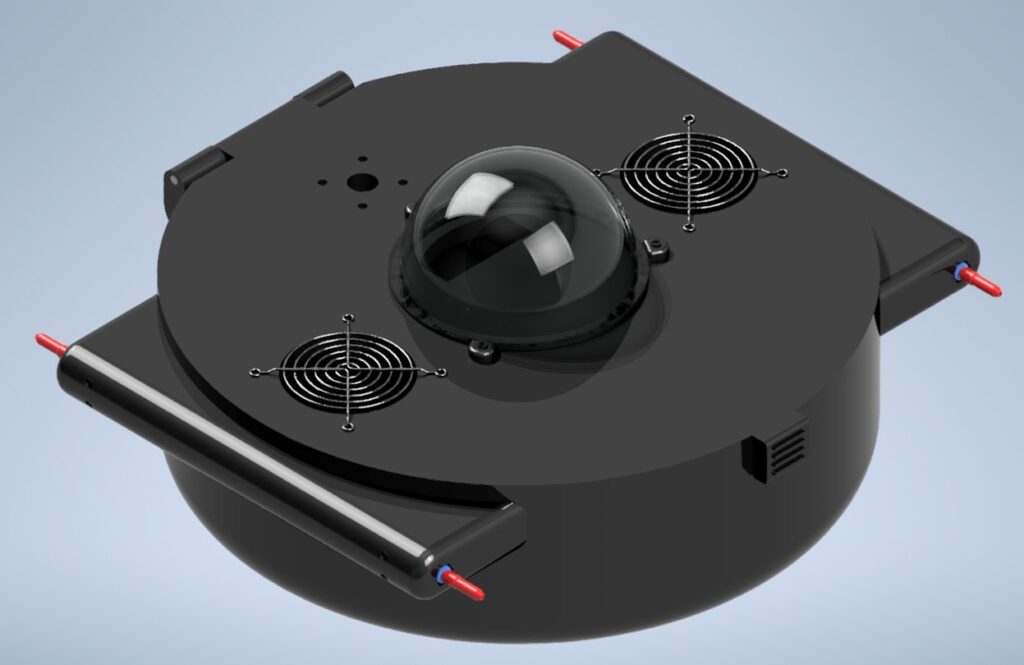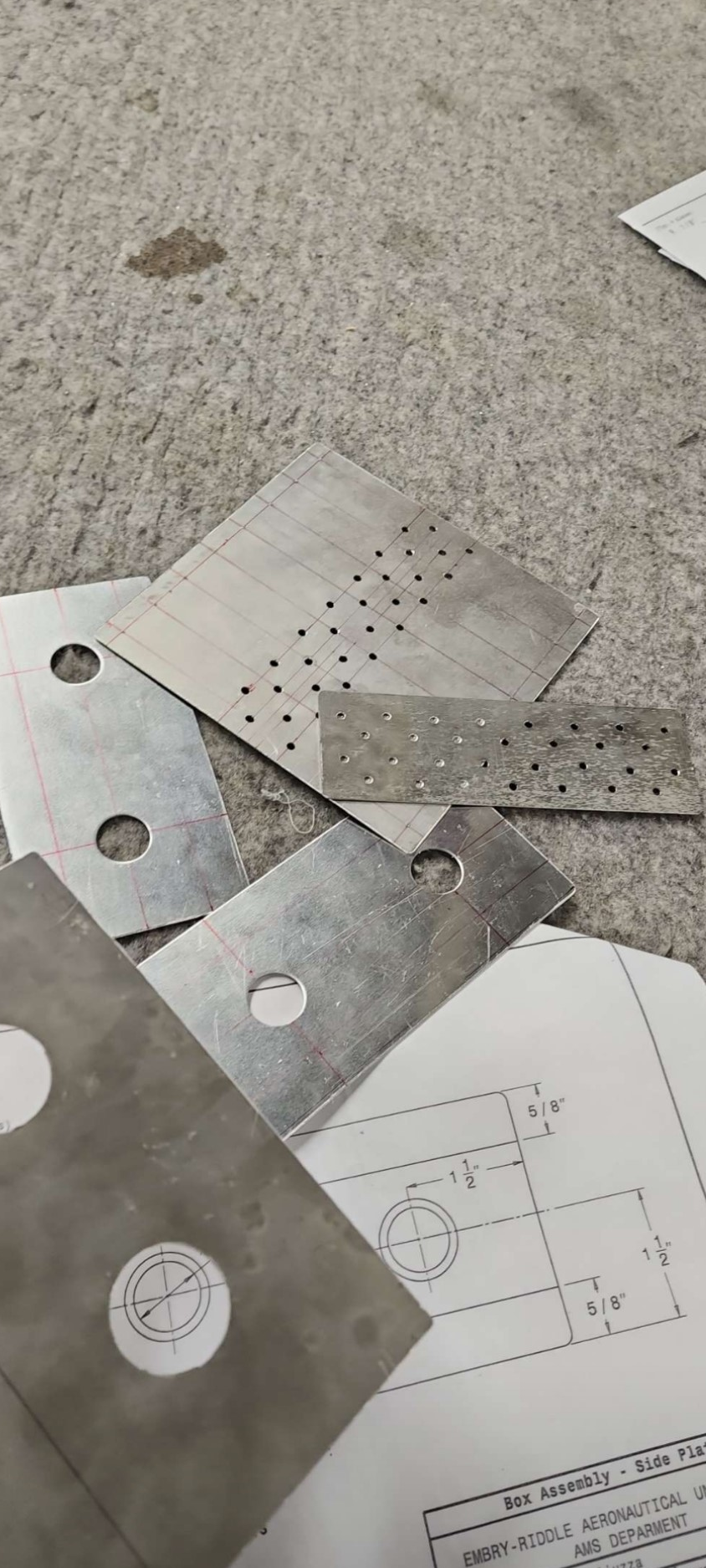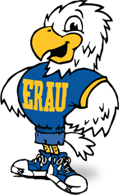How breaking my foot affected the course of my Fall 2023 semester. If you’re not super interested in the backstory, go ahead and skip to the first picture set in this post!
One fateful night during the Fall 2023 semester, also known as Wednesday, September 27, I was playing in an intramural volleyball game with my sorority, Sigma Kappa. We were doing pretty okay, and definitely had a chance to win the game. So, naturally, I put my all into the game. And broke my foot doing it.
I have loved playing intramural sports and I actually played lacrosse for about 6 years prior to attending Embry-Riddle, and never broke a single bone in my body, until this relatively low-stakes volleyball game. (We weren’t playing for a championship ring, really just for fun)
Like I said, I played lacrosse, not volleyball. So I was really just trying to get the ball over the net. About halfway through our first game, I jumped up to hit the ball back over the net (which I did successfully, and we got the point) and upon landing back on the ground, I felt my left foot do something weird and immediately start to hurt.
I didn’t want to delay the game, so I got up off the ground as quickly as I possibly could, and have been told I did it so quickly that most of the people there didn’t even know I got hurt. I made my way to the sidelines of the court, where a couple of my sorority sisters were there to check on me. I received a bag of ice and someone asked if I wanted medical attention, to which I responded; ‘No, I’ll be fine,’ genuinely believing that the pain would go away by the morning and I would be fine.
I stayed for the remainder of the game, which we unfortunately lost, and I went to get up from my seat and go out to my car in the ICI parking lot and drive back to Residence Hall 2 (RH2). Upon attempting to get up, I realized that I could hardly put any weight on my left foot, which was a problem. One of my sorority sisters went to get my car and drive it closer to the entrance of the ICI center, while a few members of the opposing team, who were also my friends and brothers of the Delta Chi fraternity, acted somewhat as ‘human crutches’ and helped me out and to my car.
One of my sorority sisters drove me back to my dorm in RH2 and parked my car for me. That night, I got into bed with my foot elevated and some ice on it, took some pain reliever, and somehow fell asleep, with the hope my foot would be alright in the morning.
Surprise! My foot was not alright in the morning. I woke up around 8:30 am and intended to get ready for my 9:45 class, in which I had an exam, but found I could barely walk. I called the campus’ Health and Wellness Center, who advised me to call Campus Safety to pick me up and drive me over to the center so they could take a look at my foot. I called Campus Safety, and only waited about 10 minutes for them to arrive, and they were incredibly helpful in making sure I got to the Wellness Center safely. Once there, the lovely nurse told me that I needed to get an X-ray and referred me to a local orthopedic clinic. The center provided me with crutches and I once again called Campus Safety to drive me to my car so I could go to the clinic. (It was my left foot that was broken, and all I needed was my right foot to drive, so no worries there.)
I sent an email to my professor explaining the situation, in hopes I would still be able to take that exam I mentioned. (I did, again no worries there.) After my X-rays, I was told I did in fact break my foot, and I should expect to be on crutches for about 3-4 weeks. Here’s where I guess I figured it was time to continue on with life as normal.
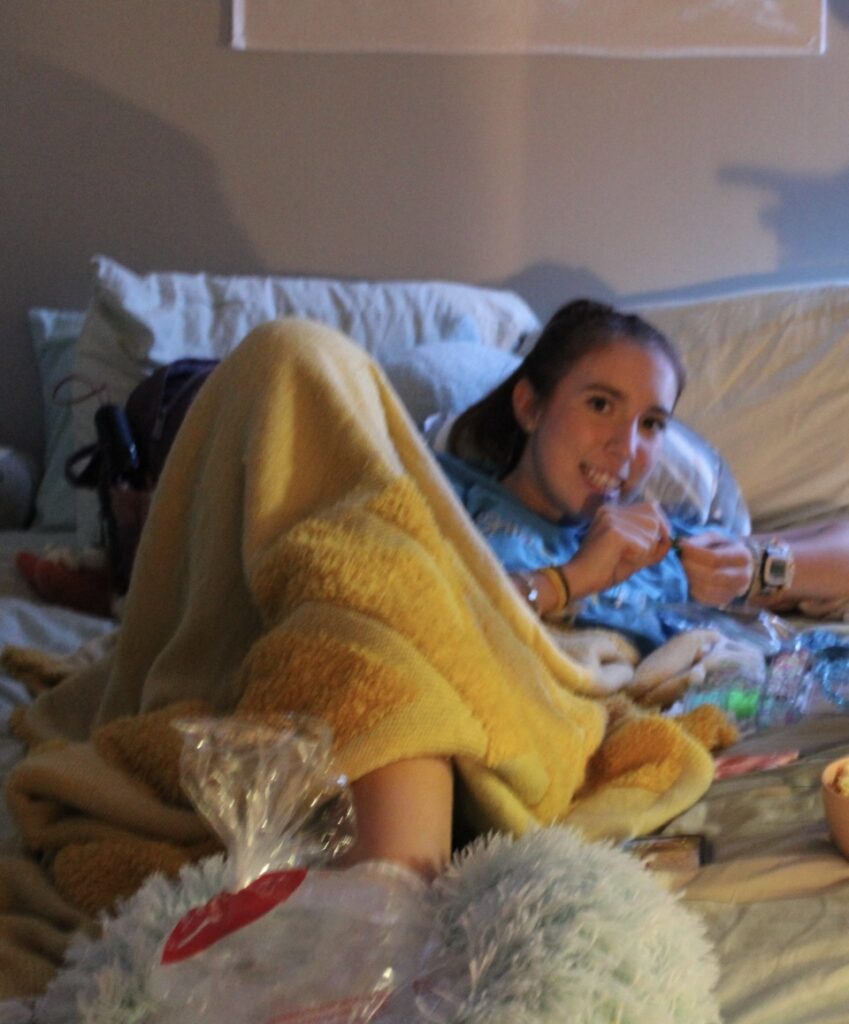
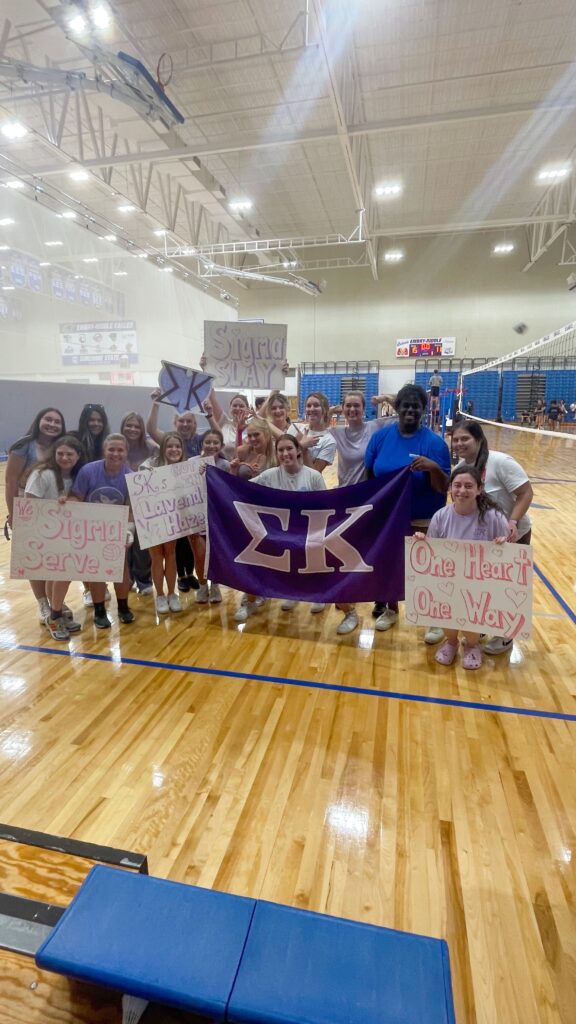
I truly appreciated the support when the injury occurred, and I included all of this context because every time I was asked how I broke my foot, this is just about everything I ended up responding with. (People love details, I guess)
The Fun Part: Life on Crutches!
No one told me how physically exhausting it would be to go through daily life on crutches. The first day was actually the easiest, I think. I wasn’t quite tired of the crutches, and was really just trying to ignore the pain in my foot. I answered a lot of questions and told the story of how it happened many, many times.
The biggest thing I noticed was how much I had to ask for help, which is something I’m not at all used to, and that’s where being on crutches began to take a mental toll. Many times, I found it incredibly frustrating to have to wait to ask someone to carry my lunch for me or to open a door for me, or I just had to figure out how to do it myself.
Usually, one of my friends would be around to help me get lunch, and that was no big deal. But sometimes, there was no one around, so unfortunately, I thought my solution was to just forget about it and try to get food another time. This is not the best way to go about my situation, and I have learned that now.
In regards to opening doors, many of the buildings I entered had a button I could press that would automatically open the door for me. However, when going to individual classes or even to the bathroom in some buildings, I struggled to open doors. Usually, when going to class, there was another person arriving around the same time, and would hold the door for me. Bathrooms, however, I found often had very heavy doors that were difficult to open, and was somewhat frustrating. It made me stop and think how accessible our campus really is.
All of these little frustrations really took a toll on my mental health. Having to rely on Campus Safety to get me across campus, or on friends to get my lunch, or on random classmates to hold the door open for me are things I never thought I would have to do, and I felt so incredibly helpless. Additionally, I am a very social person, but there were many things I couldn’t go do with my friends because I was on crutches. I fell into a lonely couple of weeks where I really didn’t feel like I had anyone to rely on. But, as soon as I realized what was making me upset (not being able to hang out with friends and do ‘fun’ stuff) I took some time to think about what I could do.
I could still go to my sorority’s chapter meetings, and even put on a little heel on my good foot when I had to dress up for chapter, hoping to gain a sense of normalcy. I found that I could still go to mass on campus, which helped to ease some of my mental troubles. I was able to go to the movie theater a couple of times, and even participate in my sorority’s philanthropy event.
Yes, it was hard to find the energy to do these things sometimes, but I realized that I was surrounded by people who wanted me to be there and wanted me to want to be there. Although being on crutches meant I couldn’t go bouldering in the fitness center, play volleyball with sisters, or play tug of war at my sorority’s Camp Sigma Kappa, I was still able to have plenty of fun being around the people I love.
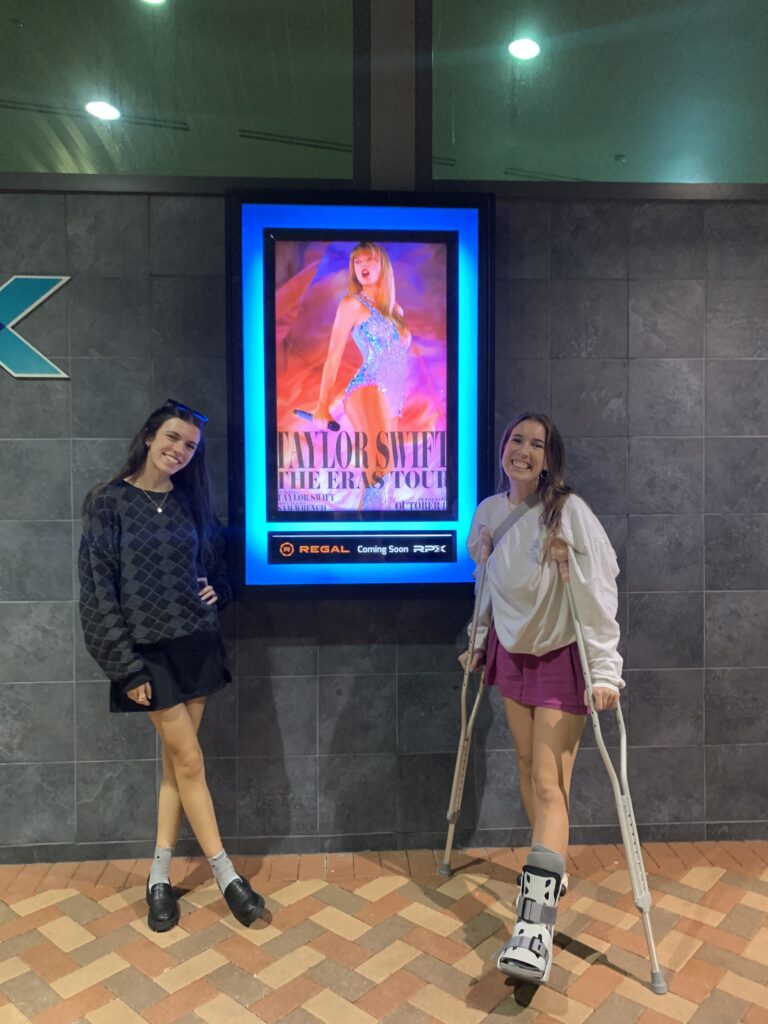
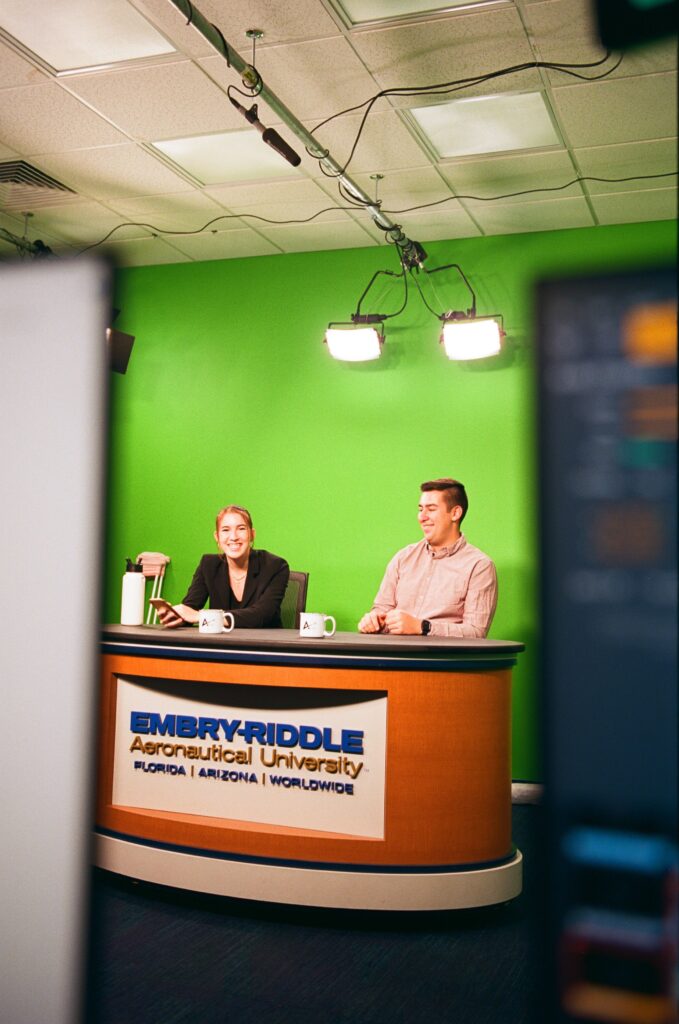
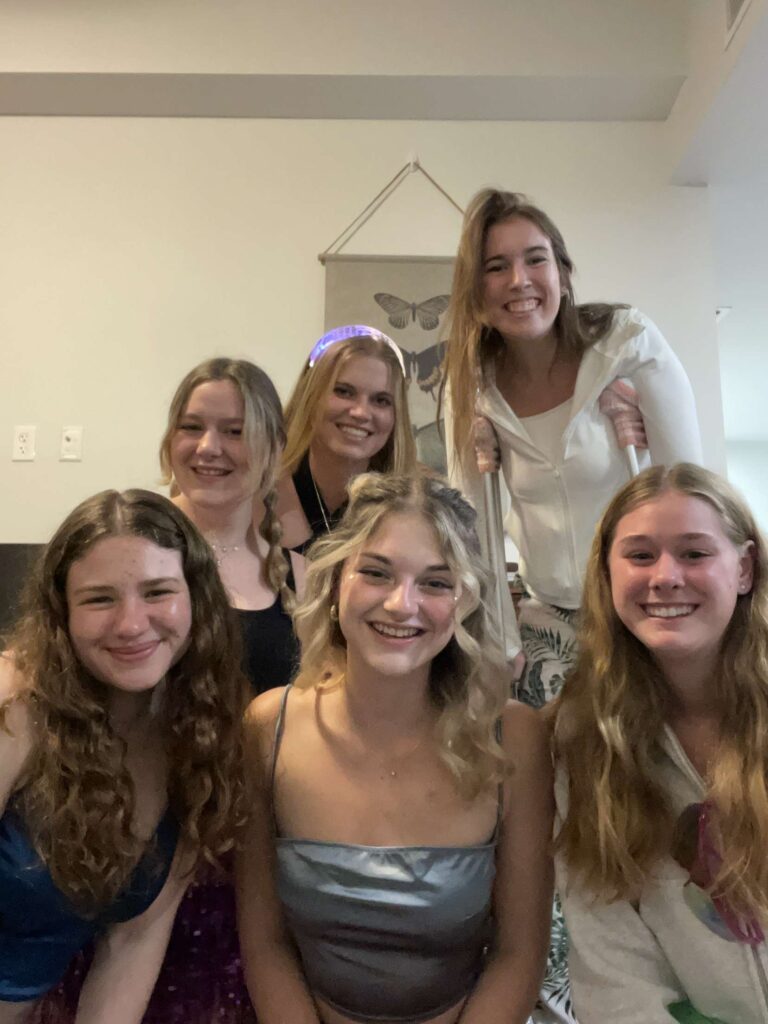
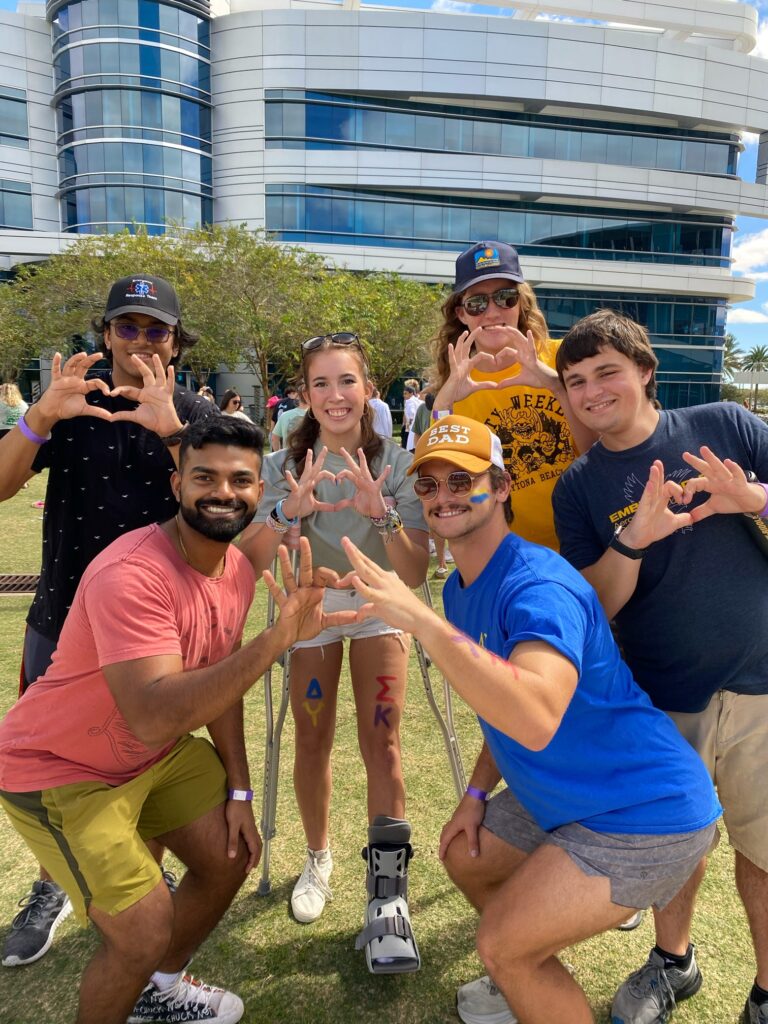
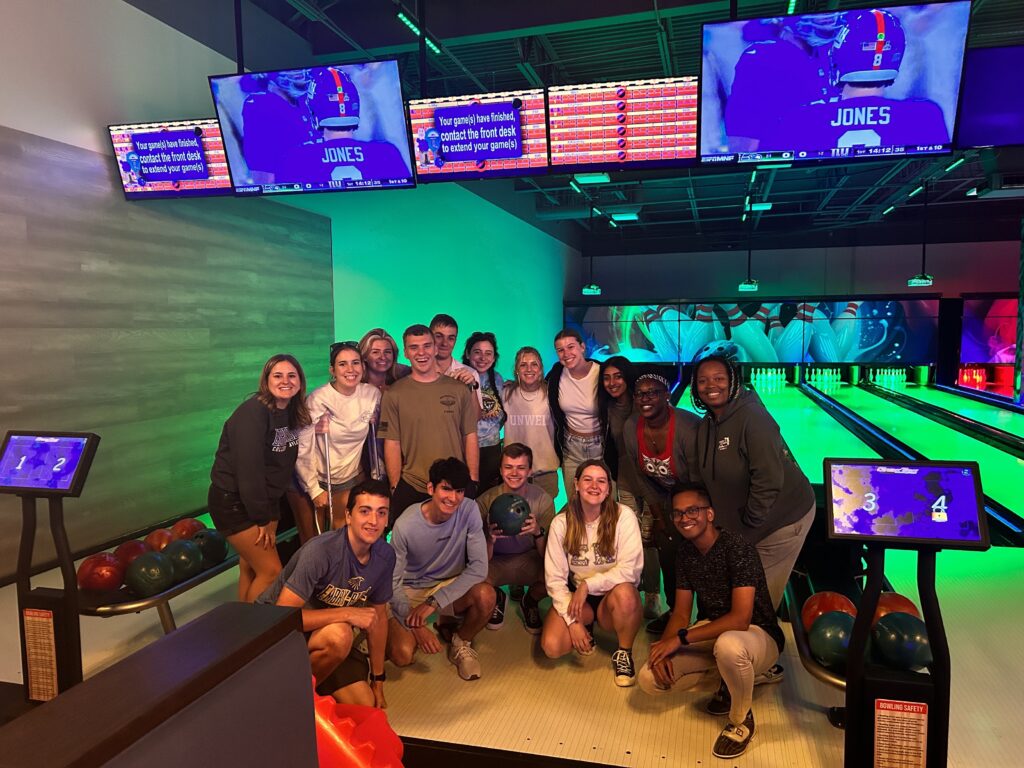
Many of my professors were very understanding when I needed some extra time on assignments, because I was so physically and mentally exhausted while being on crutches. My bosses in Housing and Residence Life (p.s. I am still an RA, if you forgot) were helpful when I needed anything, as well as my coworkers, who often helped me get lunch or take out my trash, or even do my laundry.
Being on crutches taught me that it’s okay to ask for help, and that many people are usually willing to help! I also taught myself to discover things I could do on my own that still made me happy, even when I couldn’t run and jump and dance around my room.
There’s so much more that I could say in regards to breaking my foot, but perhaps that will be in a second story. For now though, I’m thankful to be off my crutches and out of my boot, while still taking it easy and allowing my foot to heal. Life isn’t quite back to normal yet, but I know that it will be soon, and I’ll be sure to update more as life goes on. With finals quickly approaching, my main focus is finishing the end of the semester strong, although much of it was quite the struggle.
I have truly appreciated everyone’s support while I was dealing with my injury, and appreciate the support I am still receiving from my family, my friends, my peers, and my professors.
Thanks for reading,
Chloe


